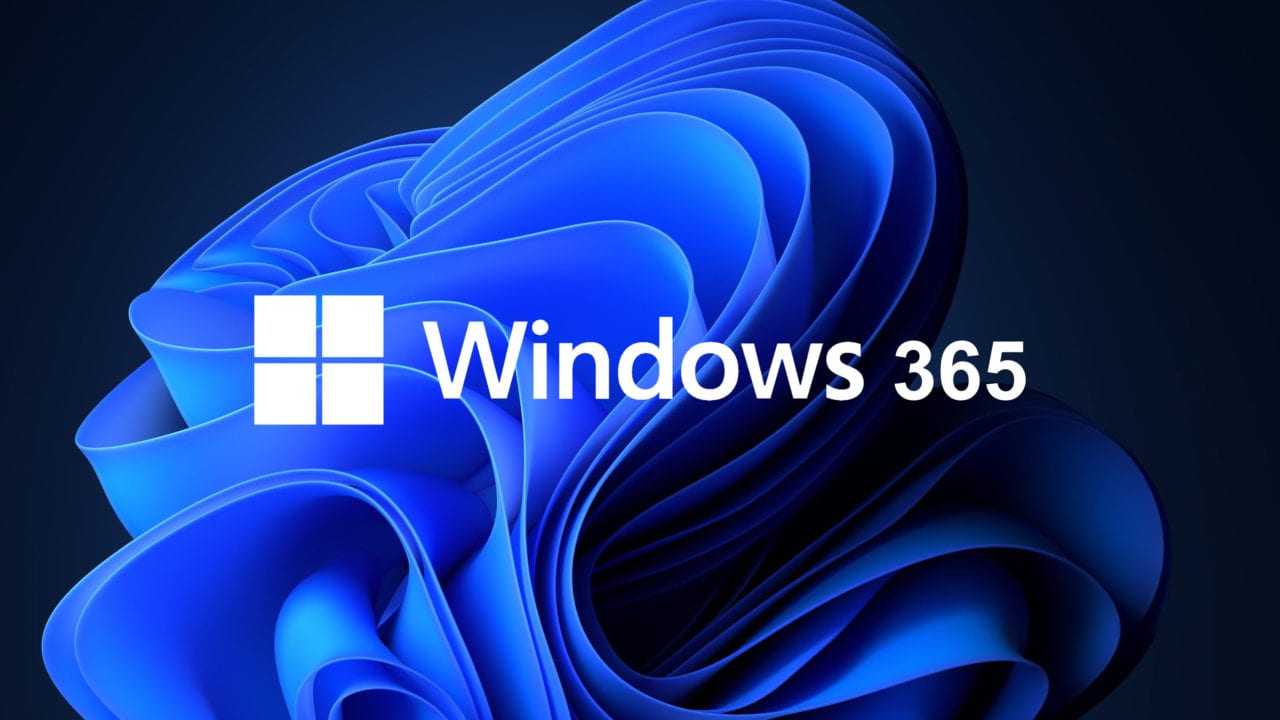It’s now official, Windows 365 is now a thing. Starting next month you will be able to buy a subscription to a virtualized Windows desktop that includes apps, data and settings as part of Windows 365. Initially, the service will allow you to run a remote Windows 10 desktop but eventually, you should be able to run the much-hyped Windows 11 version the same way too.
The smart kids among you already know that running a virtualised version of a desktop is not something new. In fact, a lot of cloud service providers including OVH, AWS and even Google allow you to run a remote Windows installation which you can access using the Remote Desktop Protocol (RDP). Why even Microsoft already has Azure Virtual Desktop as part of their Azure Cloud Services.
These offerings have never been popular outside specific enterprise environments for specific reasons including:
- You generally need good internet for the RDP set up to make sense. Streaming a whole desktop takes bandwith. Most service providers recommend 10 Mbps.
- Prior to the pandemic there was little need for such a setup anyway.
- Generally the costs of running such a set up would be more expensive in the long turn compared to just buying laptops/workstations for everyone, getting software keys and doing things the traditional way.
- This was made worse by the fact that Azure Virtual Desktop doesn’t have predictable flat pricing. You get billed for using certain resources whose consumption is easy to predictable. With the pandemic already throwing everything in disray no one wants to be paying an unpredictably high bill at the end of the month.
These are problems that Windows 365 might be able to solve. Microsoft will be building on their success of Office 365 which they introduced back in 2013. People were sceptical when they did so but about 8 years later they are now making more money from their subscription service compared to what they get from single licence key buyers. They have also have had remarkable success with their Xbox Games Pass service which we all scoffed at. It seems the dream is now a reality-people are now paying a bill to Bill each month.
If they are to achieve success, they however need to solve some of the problems outlined above. They may:
- Introduce new apps or a better more bandwidth efficient protocol to allow people to use the new service.
- A better pricing model compared to the confusing pricing model of Azure Virtual Desktop. They haven’t finalised the pricing model but they have at least hinted that the new model will be flat and not variable. This would take the unpredictable cost factor out of it all and hopefully encourage more people to use the service.
- Create a compelling use case for the set up. For now only businesses could be interested in this. Maybe with more people working remotely an entity uses this set up in order to have more control on their employees’ machines. Instead of having everyone use their laptops and setups that maybe incompatible with the business’s setup this way everyone has a similar setup.
Definetly not for Zimbabweans
Despite high internet penetration rates in recent years, data remains prohibitively expensive and slow in Zimbabwe. Such a set-up would make very little sense. The best way would remain you buying a laptop/workstation with good specifications, installing Windows and only using the internet when you want or need it to collaborate with workmates.
I am not even sure Windows 11’s internet requirement is a good idea in a Zimbabwean setting. Personally, I prefer to connect online only when I need to, being forced to do so by my operating system is something I abhor.


What’s your take?